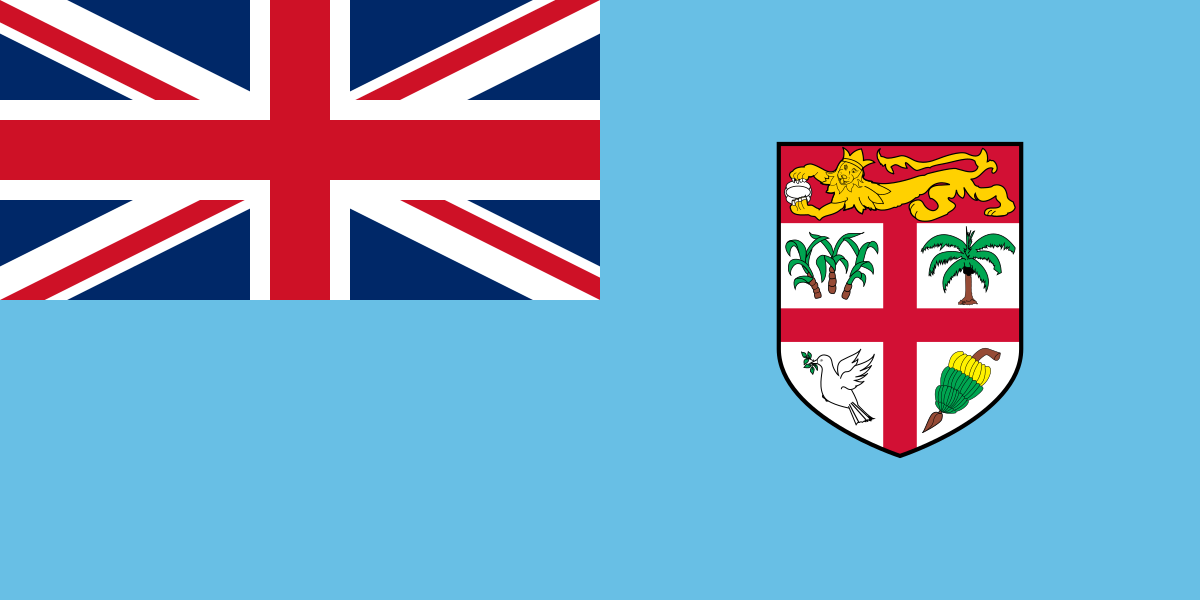
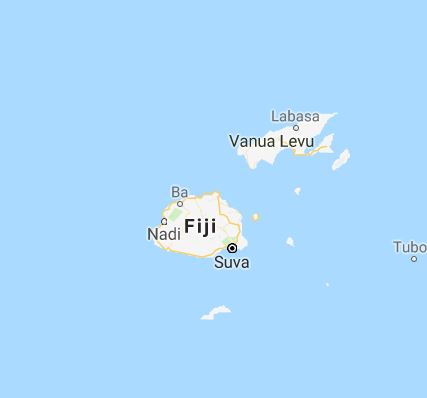

Fiji is a nation of islands. It is located in south Pacific Ocean. It is and archipelago of more than 330 islands. All these islands are closer to Samoa and Tonga. Fiji is located to north eastern part of Australia and New Zealand. Out of 330 islands, around 106 islands are inhabited by human beings. The islands are formed by eruption of volcanic materials on the ocean bed. Coral reefs are found along coastal zones of many islands. Most of the islands have rugged terrain with hills and mountains. The islands are covered with tropical rain forests. Coconut grooves are found along coastal zone of most islands. Fiji enjoys tropical marine climate. The warm weather starts in November and continues up to April. The cool weather starts in May and continues up to October. The temperature remains around 22 degrees Celsius in cool period. Rain fall is heavy to very heavy in warm season. Tropical cyclones affect the islands with damages. Earth quake tremors are felt in most islands. Fiji is closer to the Volcanic ring of Pacific Ocean. So, it is affected by earth quake tremors frequently. The islands are free from Malaria and tropical fevers.
Fiji has the land area of around 18300 sq.km. The total area including the sea water is around 199000 sq.km. The land area is less than 10% of total area. The total population of Fiji as per estimates of 2017 is 0.9 million. The local tribes of Fiji constitute 57% of the total population. Some descendants of indentured laborer of Indian origin stayed back in Fiji. The indentured laborers came from India to work in sugar cane fields. They constitute around 37% of the total population. Some of the Indian origin people migrated to Canada, Australia, Trinidad and Tobago and UK. people of European origin and people of other Pacific islands constitute the remaining 6% of population of Fiji. Christianity is the main religion of Fiji. They constitute 65% of the total population. Hindus of Indian origin form 28% of total population. The remaining population have local beliefs.
Viti Levu is the largest island of Fiji. It is having the maximum population of Fiji. The capital Suva is located in this island. The International Airport and major port is located here. The second largest island is Vanua leva. Taverna island is the third largest island. The 180-degree meridian cut the island Taverna in to two halves. The fourth one is the Kadavu island. It is located to the south of Viti leva island. The Yaskawa group of islands are located in the north western part of Fiji. The Mamanuca group of islands are located to the west of Viti Levu island. These are tiny islands. The Lau group of islands are located in the eastern part of Fiji. The Lomaiviti islands are located between Viti Levu and Lau group of islands. Rotuma is another island of Fiji.
Fiji was governed by the local tribal village chiefs in each village. Some chiefs became powerful and occupied adjoining villages and islands. They declared themselves as Kings of particular island or group of islands. In the year 1874, Fiji came under the rule of British administration. A British governor was appointed to govern the islands under the Government of Britain. Fiji became independent nation in the year 1970. Fiji declared itself as republic in the year 1987. It has unitary parliament. The President is the head of the state of Fiji. The Prime Minister is the head of the Government of Fiji. Election and formation of Government was not smooth for the people of Fiji. There were disturbances and military coups. Elected Governments were overthrown in Fiji. With pressure from Common Wealth of nations, democracy is restored in Fiji. Election was held and democratic government is formed in Fiji.
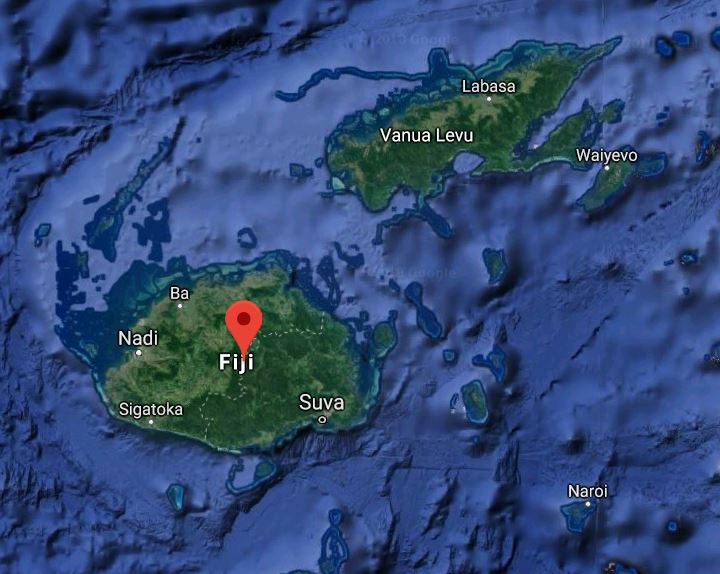
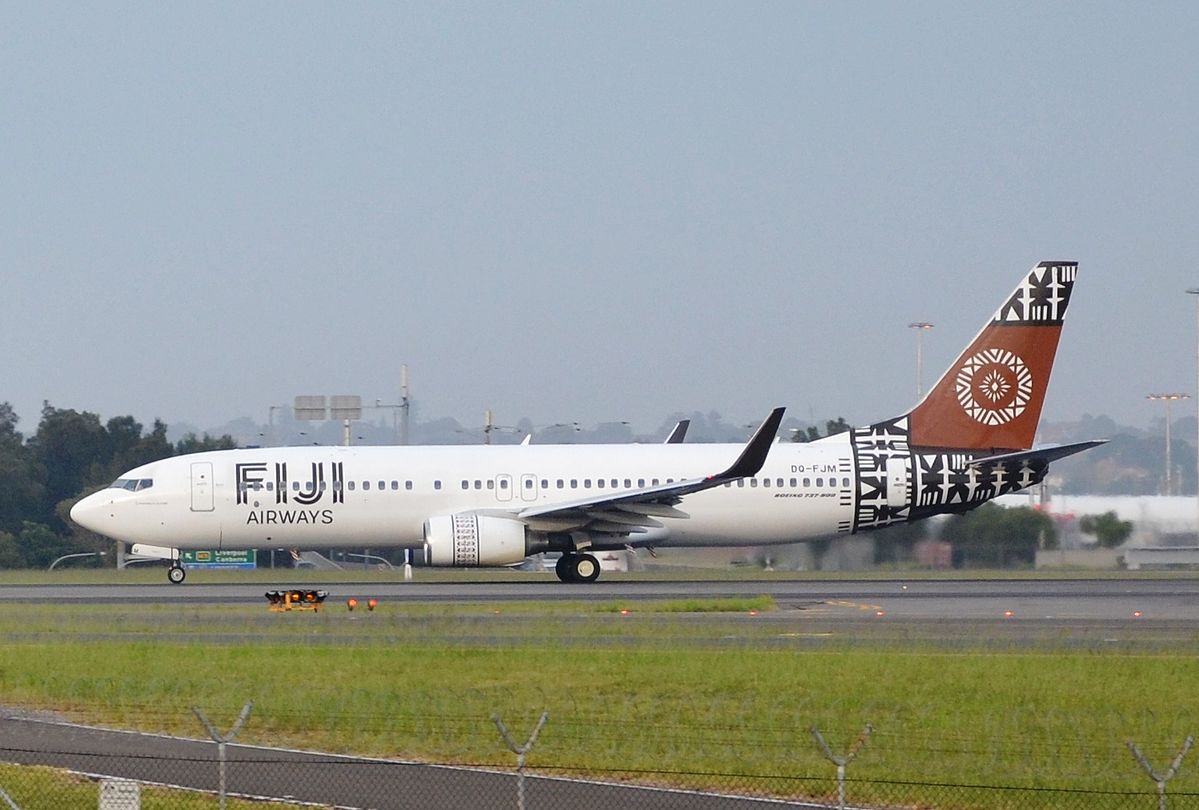
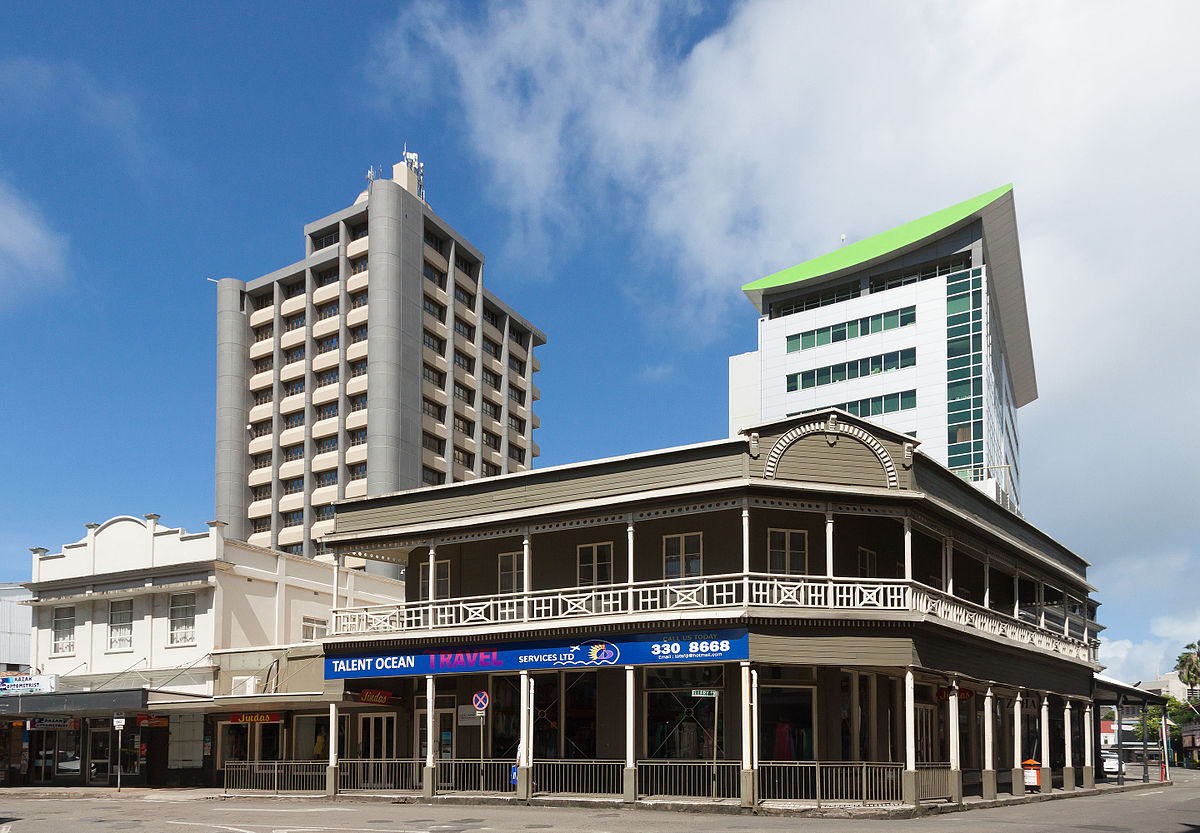
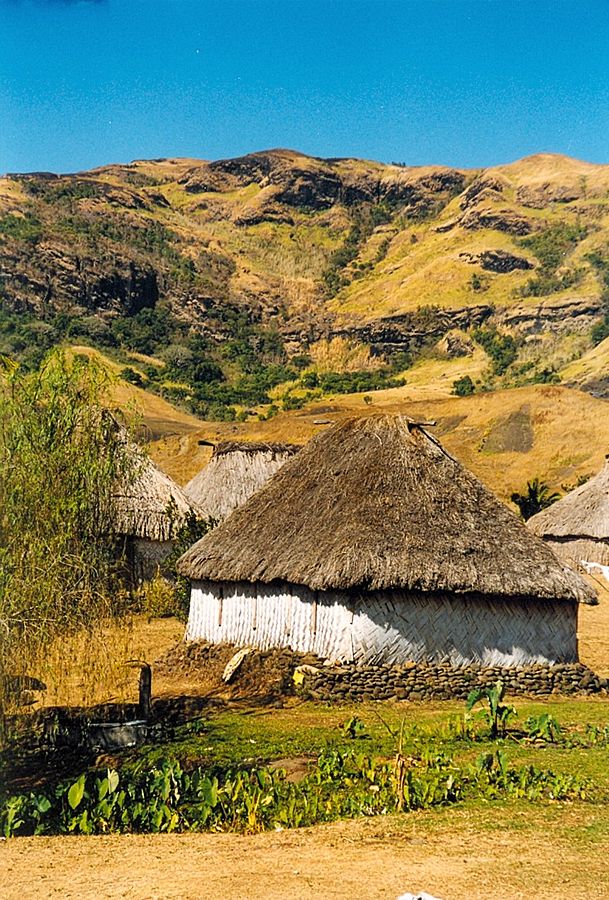
Fiji is the land of nature, forests and wilderness. The forests, lush green groves, coconut plantations, water falls, rivers, coral reefs and wild life attract many tourists to Fiji. People come for vacation, trekking, river rafting, sky diving, skuva diving and dirt biking. Most of the islands are packed with natural features. Mamanuca island is a volcanic island. It is located to the west of Nadi International airport. It is popular for its coral reefs and beaches. Taveuni island is famous for its lush green forests, clean water, streams, water falls, wild life and beaches. Mana island is a small island with white sand beaches and palm groves. Many tourists visit these islands. The hills and sandy beaches of Castaway island became destination for holiday and short trip. The white beaches of Yasawa island also get many tourists throughout the year. The Vatulele island is another place for tourists in Fiji. This island is formed by volcanic action. Coral reefs are found inplenty in Vatulele island. It is located to the south of Viti Levu island. Dravuni island is also getting tourists for its thick tropical forests and wild life. An extinct volcano with a summit is found in this island. Mount Koroyanito and Mount Tomanivi also get many tourists. Many tourists visit Fiji throughout the year. Tourism became the main source of income for Fiji and its people. But due to frequent coupes many tourists avoided Fiji for vacation. Fiji has problems of high inflation and bad management of its economy. Due to ethnic clashes and increasing crime rate in cities touristsí arrival also affected in the past. If corrective steps are not taken in time, Fiji may not be able to survive as a tourist destination for the world. Frequent earthquake tremor also frightened many tourists away from Fiji. If corrective measures are not taken Fiji may lose many tourists to other destinations.